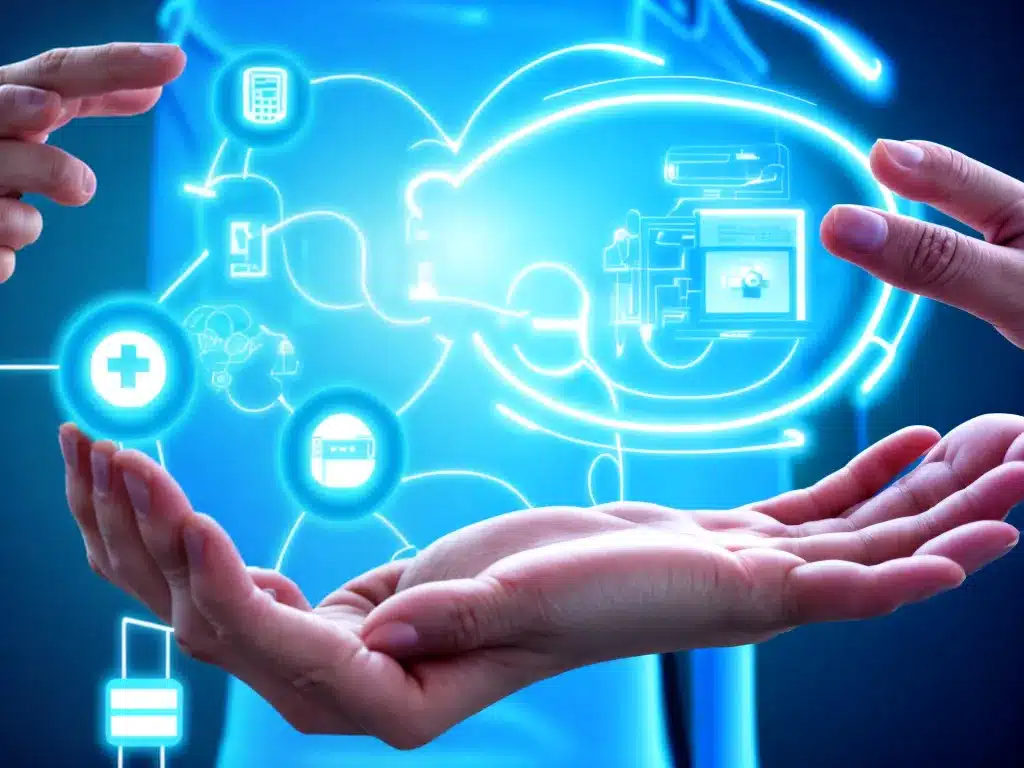Can IoT Help the NHS Provide Better Healthcare?
The Internet of Things (IoT) refers to the billions of physical devices around the world that are now connected to the internet, collecting and sharing data. IoT has the potential to transform healthcare by improving efficiency, enabling remote monitoring, and enhancing patient care. For the National Health Service (NHS), IoT could provide significant benefits as it faces pressure to reduce costs and meet increasing demand. However, there are also important considerations around privacy, security, and integration with legacy NHS systems.
How Can IoT Benefit Healthcare?
IoT offers three main benefits for healthcare:
Improving Operational Efficiency
Connecting medical devices and assets allows hospitals to track equipment utilization in real-time. This allows for improved asset management, utilization, and maintenance. Sensors can monitor medical equipment performance and enable predictive maintenance before failures occur.
Real-time location services (RTLS) can track the location of medical equipment, beds, and personnel. This improves asset management, patient flow, and staff coordination. It also ensures quicker access to critical medical equipment.
Overall, IoT enables a more data-driven approach to workflow and resource optimization.
Enabling Remote Monitoring
Wearable sensors and remote monitoring devices allow patients to be observed outside of conventional clinical settings. This can improve care and outcomes for chronic conditions like diabetes or heart disease.
Telehealth visits also allow patients to conveniently consult doctors via video conference. This improves access to care and reduces the need for in-person appointments.
Remote monitoring enables:
- Early detection of deteriorating health indicators
- Improved management of chronic diseases
- Reduced need for hospital re-admissions
Enhancing Patient Experience
IoT devices can be used to improve communication with patients and enable better experiences.
Interactive patient care systems, like infotainment systems and ambient environment controls, allow patients to self-manage their conditions and environment. This empowers patients and improves satisfaction.
Wearables can also track key health indicators after discharge, allowing for a smooth transition from the hospital. Patients feel cared for even after they’ve left.
Challenges in Implementing IoT in Healthcare
While promising, there are barriers to IoT adoption in healthcare:
Privacy and Security Concerns
Medical data is highly sensitive. Strict privacy and security measures are needed to protect patient health information. IoT devices and networks introduce potential vulnerabilities that need to be managed.
Integration with Legacy Systems
The NHS has many legacy IT systems that have been built up over decades. Integrating new IoT devices and data flows will require aligning these disparate systems.
Interoperability Issues
There are no common standards yet for healthcare IoT devices. Fragmented devices, data formats, and communication protocols make system-wide integration difficult.
High Upfront Costs
While IoT can drive cost savings over time, initial investment in devices and network infrastructure can be high. Demonstrating ROI may be difficult.
Examples of IoT in Healthcare
Here are a few real-world examples of IoT technology improving NHS healthcare:
-
Smart pills: Edible sensors can track whether patients are adhering to medication regimens. This helps doctors monitor treatment effectiveness.
-
Asset tracking: The NHS is piloting RFID tags to track equipment utilization across hospitals. Initial results show improved asset visibility and staff efficiency.
-
Remote health monitoring: The NHS is equipping respiratory disease patients with at-home IoT devices. Early results show technology reduces hospital visits by 20%.
The Future of Healthcare IoT
IoT has significant potential to improve efficiency, quality, and accessibility of healthcare for the NHS. Key priorities looking ahead include:
- Developing security standards and governance for healthcare IoT systems
- Creating interoperability frameworks enabling system integration
- Driving adoption through staff education and stakeholder engagement
- Monitoring efficacy to justify ROI on new capabilities
With sound strategy and execution, IoT can be a transformative force helping the NHS provide better connected, more intelligent care for patients across the UK. The future looks bright for healthcare IoT.













